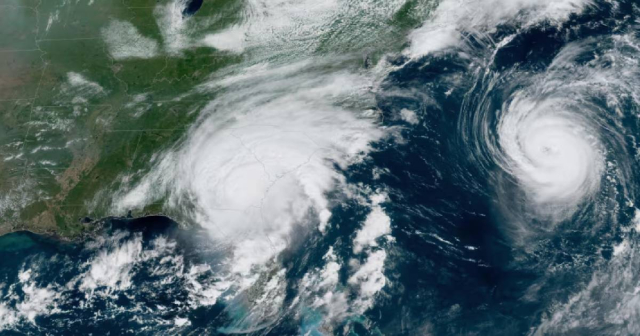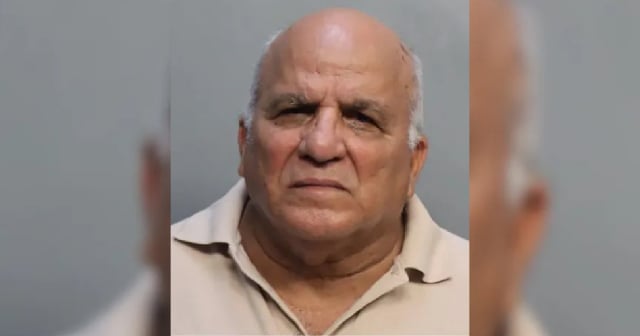
In the heart of Miami, the mansion located at 93 Palm Avenue has witnessed countless stories and controversies since its construction in the summer of 1922. This emblematic residence, which was completed in November of the same year, became the center of attention and controversy during its first decade of existence.
The mansion was the brainchild of Miami pioneer Clarence Busch, who along with Locke T Highleyman, developed Palm and Hibiscus Islands in the 1920s. Originally, this villa was built as a speculative home by Busch and shortly thereafter, in May In 1923, it was traded to George Callahan in exchange for a two-story commercial building at 1504 West Flagler Street.
The property's fate changed quickly. Callahan sold the residence for $75,000 in July 1924 to James Popham. However, Popham sold it to Leslie Winik in October 1925 for a lower price than he had purchased it, also offering a mortgage note to the Winik family. Unfortunately, in August 1927, Popham had to foreclose due to Winik's non-payment.
In the spring of 1928, the mansion was back on the market. That's when J.N. Lummus Jr., the mayor of Miami Beach at the time, made a bid on behalf of Parker Henderson Jr. Although Henderson was initially believed to be the buyer, it was soon revealed that the true owner was infamous gangster Al Capone.
Capone, one of the nation's most notorious criminals, made this mansion his home from 1928 until his death in 1947. The property was later inhabited by Capone's widow, Mae, and his son Sonny, until Mae sold it. in 1952 for $54,000.
After more than a century on Palm Island, the mansion met its end in 2023. In October 2021, Albert Claramonte, founder of Surfaces Southeast, Inc., acquired the property for $15.5 million. However, instead of preserving this historical monument, Claramonte decided to demolish the villa and all surrounding structures to build a new residence that will encompass both the former Capone property and the adjacent lot he owns.
The mansion at 93 Palm Avenue is not just a structure; is a testament to Miami's rich history and evolution. Although it no longer stands, its legacy and the stories it housed will live on in the city's collective memory.
What do you think?
COMMENTFiled in:






